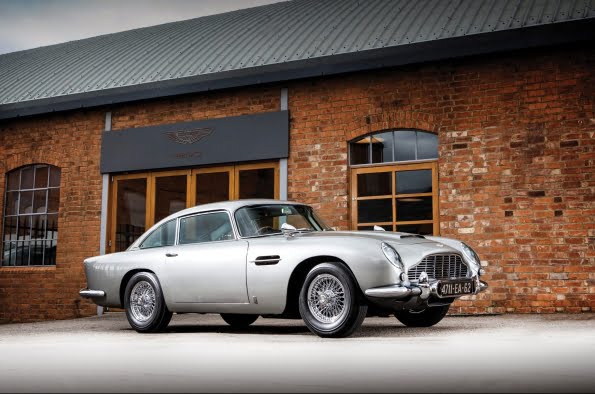The Classic Car Market: A Bubble Ready to Burst or a Stable Investment?
The classic and specialist car market has been flourishing, prompting discussions about whether it is reaching a tipping point. In its latest market analysis, Hagerty delves into the dynamics of the market and ponders the possibility of a bubble and potential crash, drawing comparisons to the tumultuous period of the 1980s and early 1990s.
The recently published UK Hagerty Price Guide reveals widespread gains, and the US Market Rating stands at a record high of 78.22. Looking ahead, the highly anticipated Monterey Car Week is expected to showcase some of the finest collector cars.
However, concerns arise about the sustainability of value increases. The past year has seen significant price surges, such as a 14.6% rise for the Jaguar XJ220, a 15.2% increase for the Porsche 959 Komfort, and an astonishing 32.9% surge for the Bugatti EB110. While these gains can be attributed to demographic trends and shifts within the car industry, there are echoes of the past that raise cautionary flags.
Inflation is soaring, and auction records across various collectible sectors are being shattered as individuals convert cash into assets. After the initial COVID-19 lockdowns, there was a surge in values for cars priced below £50,000, but now, with rising living costs and energy expenses, some of these purchases may seem like unjustifiable luxuries.
Cars have always been an attractive asset class due to their ease of buying and selling. Unlike purchasing a house, acquiring a classic car can be a swift transaction. However, this liquidity can also flood the market if circumstances change abruptly.
Despite these similarities to the past, there are crucial differences. The collector car community has grown larger and more diverse over the years, with events like RADwood attracting genuine enthusiasts who collect cars out of passion rather than solely for profit. Today, collectors are more knowledgeable and invested in the long-term enjoyment of their vehicles.
Moreover, alternative investment options now provide quicker returns. Stocks and cryptocurrencies can be easily cashed in through apps, making cars relatively more challenging to liquidate. Collectors are more likely to retain the cars they have long desired, such as the Lamborghini Countach or Ferrari F40.
Furthermore, lending practices in the collector car market have evolved since the 1990s. Tighter regulations and oversight ensure that lending is conducted responsibly. Although the market corrected after reaching its peak in 2014, it did not crash. Sellers had the option to withdraw their cars if they did not receive the expected offers, leading to more stable values.
While certain areas of the market may experience declines and others might not keep up with inflation, Hagerty believes that a correction or crash is unlikely. Despite ongoing uncertainties in major world economies, there is still a considerable amount of money available for purchasing classic cars.
The market today is different from decades past. It is more intricate, with buyers and sellers engaging in transactions unimaginable in the past. Thanks to knowledgeable collectors who derive joy from their cars rather than solely seeking financial returns, the market remains stable and resilient.
Read the full report here, with detailed commentary from
- Martin Chisholm – Classic Motor Hub
- Mark Hyman – Hyman Ltd
- Max Girardo – Girardo & Co
- Rob Johnson – Classic and Sports Finance

